Explore the Best AI Image Gallery
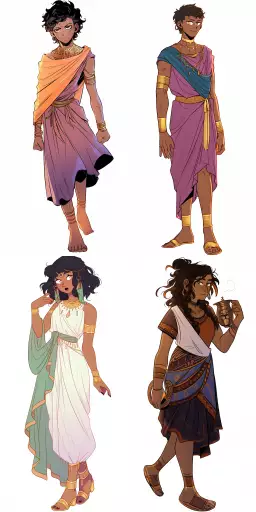
Quantum Leaps: How Quantum Computing is Revolutionizing the Creative Industry
The realm of creativity has always been intertwined with technological advancements. From the brushstroke to the digital pixel, tools have shaped how we express ourselves artistically. Now, on the horizon, a new paradigm shift is brewing: quantum computing. This revolutionary technology, harnessing the enigmatic power of quantum mechanics, promises to reshape the creative landscape in ways we are only beginning to fathom.
While still in its nascent stages, quantum computing has already begun to tantalize creatives with its potential. Lets explore some groundbreaking applications and delve into the ethical considerations and future trends that this quantum revolution brings.
Unleashing Artistic Potential: Quantum-Powered Creativity
1.
- Drug Discovery & Design: Imagine designing new medications at an unprecedented speed, tailoring them to individual genetic profiles. Quantum algorithms can accelerate the process of simulating molecular interactions, leading to faster and more effective drug development.
- Material Science Innovation: The creation of novel materials with unique properties – lighter, stronger, or self-healing – could be revolutionized by quantum simulations. Artists and designers could leverage these advancements to create groundbreaking sculptures, textiles, or architectural structures.
- Generative Design & AI Collaboration: Quantum algorithms can enhance AI-powered design tools, enabling them to generate more complex and innovative designs. Think of artists collaborating with quantum-powered AI to conceive intricate patterns, surreal landscapes, or even interactive digital artworks.
Navigating the Ethical Terrain
The immense power of quantum computing also raises profound ethical considerations that must be addressed:
- Bias and Fairness: Quantum algorithms can inherit biases present in the data they are trained on. It is crucial to ensure that these algorithms are developed and deployed responsibly, mitigating potential biases and promoting fairness in creative outputs.
- Intellectual Property & Ownership: The question of ownership arises when AI powered by quantum computing generates creative works. Establishing clear guidelines and legal frameworks for intellectual property rights in this new realm is essential.
- Accessibility and Equity: Access to quantum computing resources should be equitable, ensuring that the benefits of this technology are not limited to a privileged few.
Quantum Futures: Shaping the Creative Landscape
The future of creativity in a quantum-powered world is brimming with possibilities:
- Personalized Artistic Experiences: Imagine interactive artworks that respond to your emotions or even generate unique compositions based on your preferences. Quantum computing can enable highly personalized and immersive creative experiences.
- Quantum-Enhanced Collaboration: Global collaboration in the arts could be amplified by quantum communication, allowing artists to seamlessly share ideas, work together on projects regardless of geographical boundaries, and co-create masterpieces in real time.
- New Artistic Mediums & Forms: Quantum computing might unlock entirely new artistic mediums and forms of expression, pushing the boundaries of creativity beyond our current imagination.
As we stand at the cusp of this quantum revolution, it is imperative that creatives, technologists, ethicists, and policymakers engage in a thoughtful dialogue to shape the future of creativity responsibly. By embracing the potential of quantum computing while navigating its ethical complexities, we can unlock a future where art transcends boundaries and imagination knows no limits.



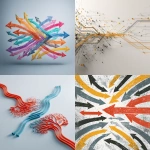
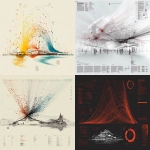
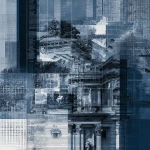






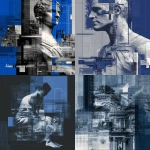


](https://images.ai-img.art/thumbnails/150/9bfac23b6df1e372ace320fda84e18e5e2e668451feacef8c46af60a9f444ad6.webp)


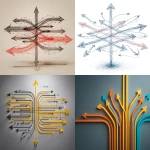
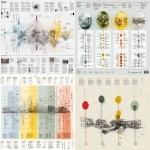






](https://images.ai-img.art/thumbnails/150/3521ea1bce510dbac19d74a3e037e7179b754ae98e8a44c08863e51468c18caa.webp)

](https://images.ai-img.art/thumbnails/150/469c20665b824a8c49e8b66856a2f9843e7a36c40760ace1e7fd5f2125a32e25.webp)

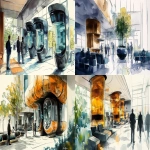

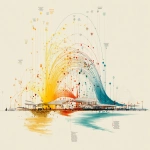
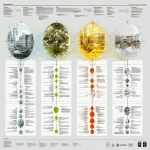
](https://images.ai-img.art/thumbnails/150/93f6b867d7e0d1ef5b08c9115efd6d3cbcc0fcfe07dc47e55d9b3a50056a189e.webp)














